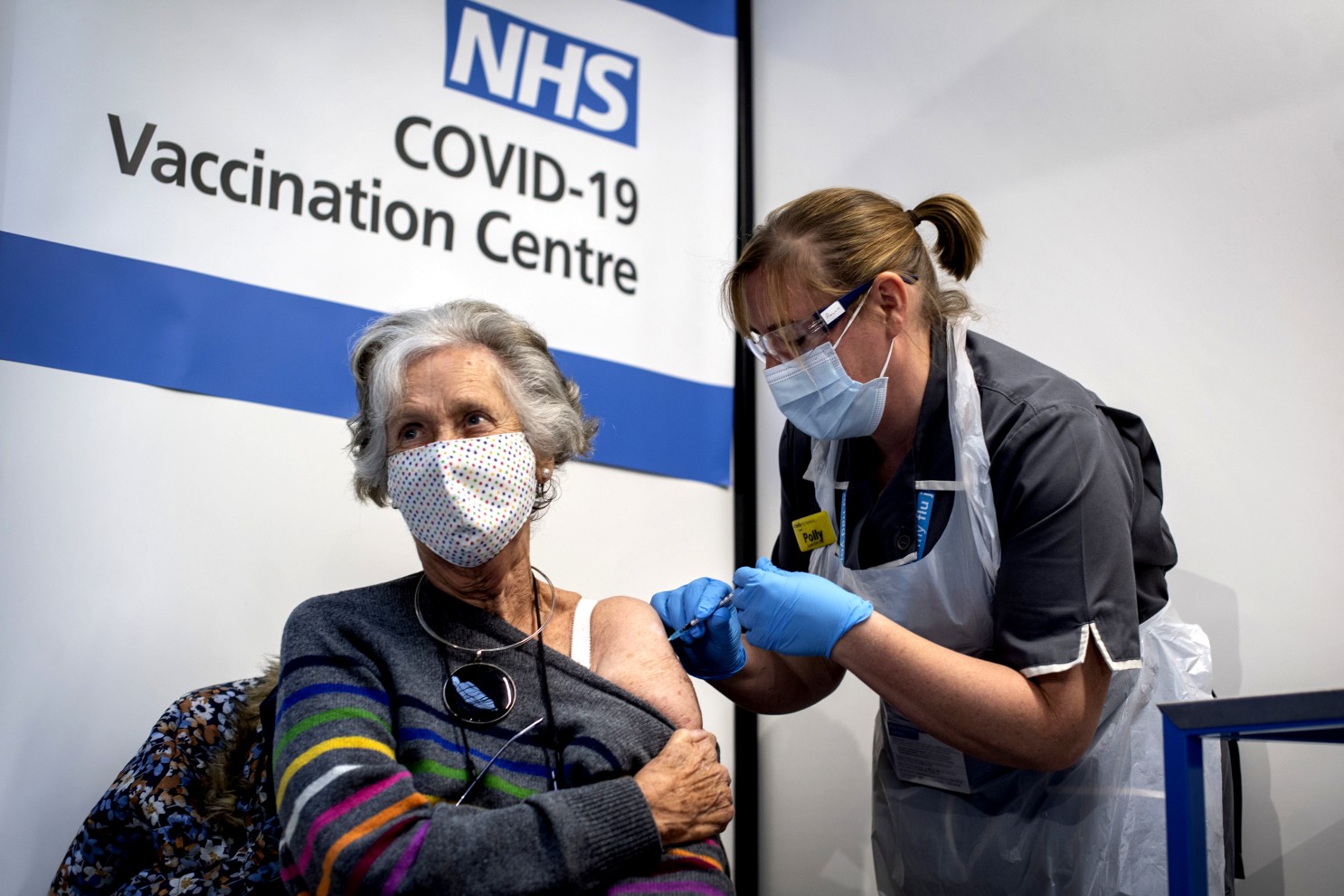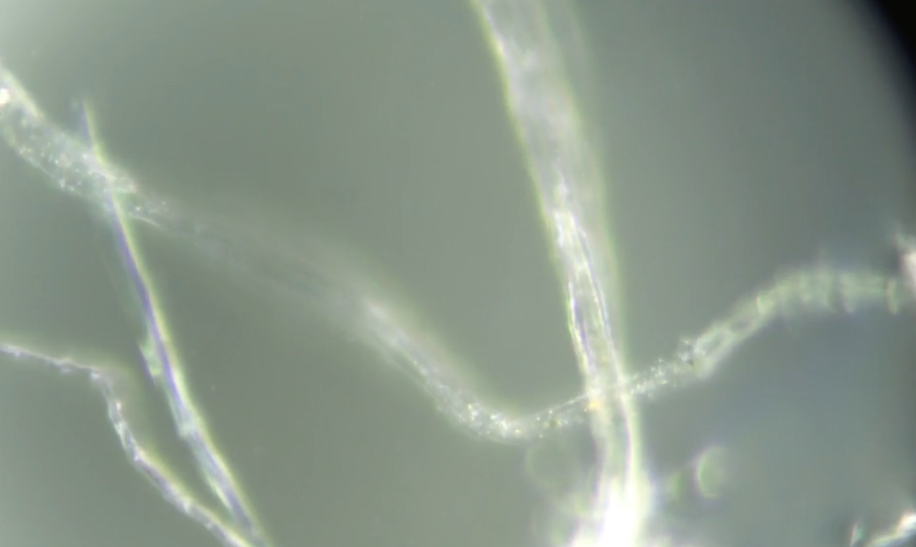NE LAISSER PAS LE 5G DETRUIRE VOTRE ADN Protéger toute votre famille avec les appareils Quantiques Orgo-Life® Publicité par Adpathway
PARIS – Vendredi Mai 3 2024 –
Une récente étude met en lumière l’importance de la sarcopénie,une condition liée à la perte de masse musculaire et de force. L’analyse, menée par des experts, explore des stratégies nutritionnelles ciblées pour prévenir et traiter cette maladie. Les chercheurs examinent les mécanismes, les stratégies nutritionnelles, ainsi que l’importance des compléments alimentaires. Découvrez comment agir face à la sarcopénie.
A recent review published on Nutrients takes stock of the sarcopeniaa syndrome characterized by the progressive and generalized loss of mass and skeletal muscle strength. The study highlights the crucial importance of developing preventive and therapeutic strategies, focusing in depth on targeted nutritional interventions. To talk about it, Michele Baroneprofessor of gastroenterology at the University of Bari and first signature of the publication.
Prof. Barone, what is Sarcopenia and how is it defined?
It is a condition characterized by loss of strength and muscle mass, which translates clinically into increased risk of disability, reduction of the quality of life and, in the most extreme cases, to an increase in mortality.
What are the differences between primary and secondary sarcopenia?
The primary one is related to aging and begins starting from the fourth decade of life, while the secondary form can affect all individuals, regardless of age, and is due to one or more factors, which can also coexist and add to primary sarcopenia. These factors include physical inactivity, malnutrition, endocrine disorders, neurodegenerative diseases, systemic inflammation diseases and cachexia. The latter is produced by the combination of protein hypercatabolism and systemic inflammation from acute diseases, such as surgical interventions, polytrauma, septic state, burns, or chronic, see, for example, cancer, heart failure, chronic renal failure, diseases, rheumatoid arthritis, HIV, liver cirrhosis.
What are the main pathophysiological mechanisms involved in the development of sarcopenia?
The mechanisms involved in the development of primary sarcopenia include reduced protein synthesis at muscle level, to be correlated to greater insulin resistance, secondary to increase body fat and inactivity, to a condition of subclinical inflammation, to a reduction in testosterone and estrogen, and a decrease in the production of the growth hormone. More numerous, however, are the mechanisms responsible for secondary sarcopenia, related to the basic pathology of which the subject suffers.
How do inflammation and myochine influence sarcopenia?
Basically, systemic inflammation produces a condition of hypercatabolism that is associated with an increase in the phenomena of degradation of muscle proteins. Miochins are molecules of protein, glycoproteic or proteoglycan nature that regulate muscle trophism. They can perform negative regulatory function, as in the case of myostatin, positive, see Irisina, decorine and interleuchin 15 or both, based on the context, such as interleuchin 6.
What general nutritional strategies are recommended to counter Sarcopenia?
A balanced diet, rich in high quality proteins, vitamins, minerals and healthy fats, is fundamental. The addition of specific supplements, such as Creatine, Omega-3 fatty acids, leucine and beta-hydroxy-bet-metalbutirratocan help reduce risk and progression. In addition, increasing the intake of antioxidants can help reduce inflammation, which is a key factor in the development of sarcopenia.
Which specific nutrients are particularly important in nutritional treatment?
Surely the proteins play the main role and, among these, the serum proteins They are the most effective. In fact, thanks to their easy digestibility, which favors post-prandial blood peaks and their composition rich in essential amino acids, they are particularly indicated in the treatment of sarcopenia. Next to these natural proteins, foods for special medical purposes enriched with branched amino acids are indicated. Other particularly important nutrients are the beta-hydroxy-bet-metalbutirrato, derivative of the amino acid leucine, the omega-3 fatty acids, in terms of anti-inflammatory action, and vitamin D.
What are food for special medical purposes (AFMS) and how are they used for Sarcopenia?
These are nutritional products prescribed by the doctor, who have a precise therapeutic function. For this reason they are considered to him by our national health system as the same as class C drugs. This, however, is possible only when their purchase takes place upon prescription, with indication of the pathology. Some regional health systems guarantee these products for free when a therapeutic plan is prescribed, but only in the case of certain pathologies. There are numerous AFMS, whose composition varies considerably according to their therapeutic target, going from the product in which the main component is mainly represented by amino acids. As for the treatment of sarcopenia, to the product that replaces or integrates meals, therefore constituted by macro and micronutrients, vitamins, mineral salts, and in some cases also by soluble food fibers.
Finally, what are the nutritional recommendations for patients with chronic diseases associated with Sarcopenia, such as kidney or cirrhosis diseases?
These pathologies have peculiarities compared to other sarcopenizing pathologies. In fact, in the first case, in order to preserve as long as possible the functionality of the kidney with advanced/severe insufficiency, there is the need for one hypoprocted dietwhich is added to the other causes of Sarcopenia. In the case of cirrhosis liveron the other hand, sarcopenia is induced by the changes of the liver-muscle circuit concerning amino acids, and in particular of that of the branched amino acids, a imbalance derives in favor of the catabolism of muscle proteins.
Nutritional recommendations for patients with chronic kidney disease They include the use of high biological value proteins and, therefore, rich in essential amino acids. These proteins include those of meat, fish, eggs and cheeses. In addition, these patients may integrate their diet with AFMS containing amino acid ketoanhats. For Cirroticon the other hand, a hyper -protein diet is recommended, with a protein content per kilogram of body weight increased by 50% compared to standard conditions.
Nicola Miglino
#Key #nutrients #prevention #treatment


.png) 1 month_ago
7
1 month_ago
7























 French (CA)
French (CA)